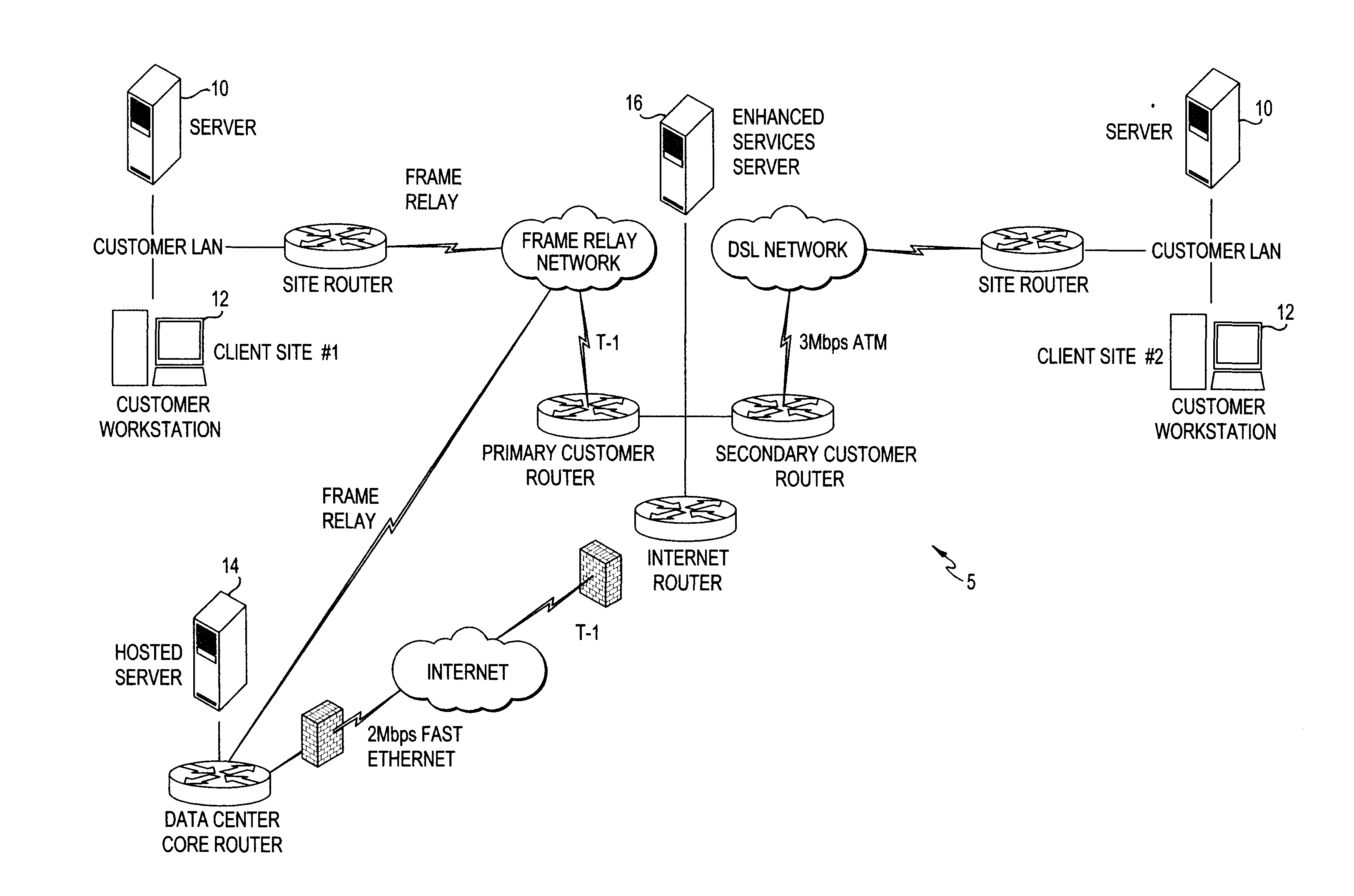Integrated medical software system with patient pre-approvals
a medical software and patient technology, applied in the field of integrated medical software systems with patient pre-approvals, can solve the problems of manual tracking, lost time for service professionals, inefficient manual practice management, etc., and achieve the effects of reducing under-payments and over-payments, cost-effective implementation and maintenance, and increasing revenu
- Summary
- Abstract
- Description
- Claims
- Application Information
AI Technical Summary
Benefits of technology
Problems solved by technology
Method used
Image
Examples
Embodiment Construction
[0044]In describing a preferred embodiment of the invention illustrated in the drawings, specific terminology will be resorted to for the sake of clarity. However, the invention is not intended to be limited to the specific terms so selected, and it is to be understood that each specific term includes all technical equivalents that operate in similar manner to accomplish a similar purpose.
[0045]The present invention delivers an ambulatory software suite that integrates practice management, electronic medical records (“EMR”) (i.e., patient records) and managed care functionality. An ambulatory suite is a group of applications that is designed to meet all the needs of a practice. These applications are built on the same architecture and are designed to share information seamlessly based on integration rather than interfacing.
[0046]The system integrates, as opposed to interfacing, all aspects of a clinician's practice, namely the clinical, financial and administrative processes. Integr...
PUM
 Login to View More
Login to View More Abstract
Description
Claims
Application Information
 Login to View More
Login to View More - R&D
- Intellectual Property
- Life Sciences
- Materials
- Tech Scout
- Unparalleled Data Quality
- Higher Quality Content
- 60% Fewer Hallucinations
Browse by: Latest US Patents, China's latest patents, Technical Efficacy Thesaurus, Application Domain, Technology Topic, Popular Technical Reports.
© 2025 PatSnap. All rights reserved.Legal|Privacy policy|Modern Slavery Act Transparency Statement|Sitemap|About US| Contact US: help@patsnap.com



